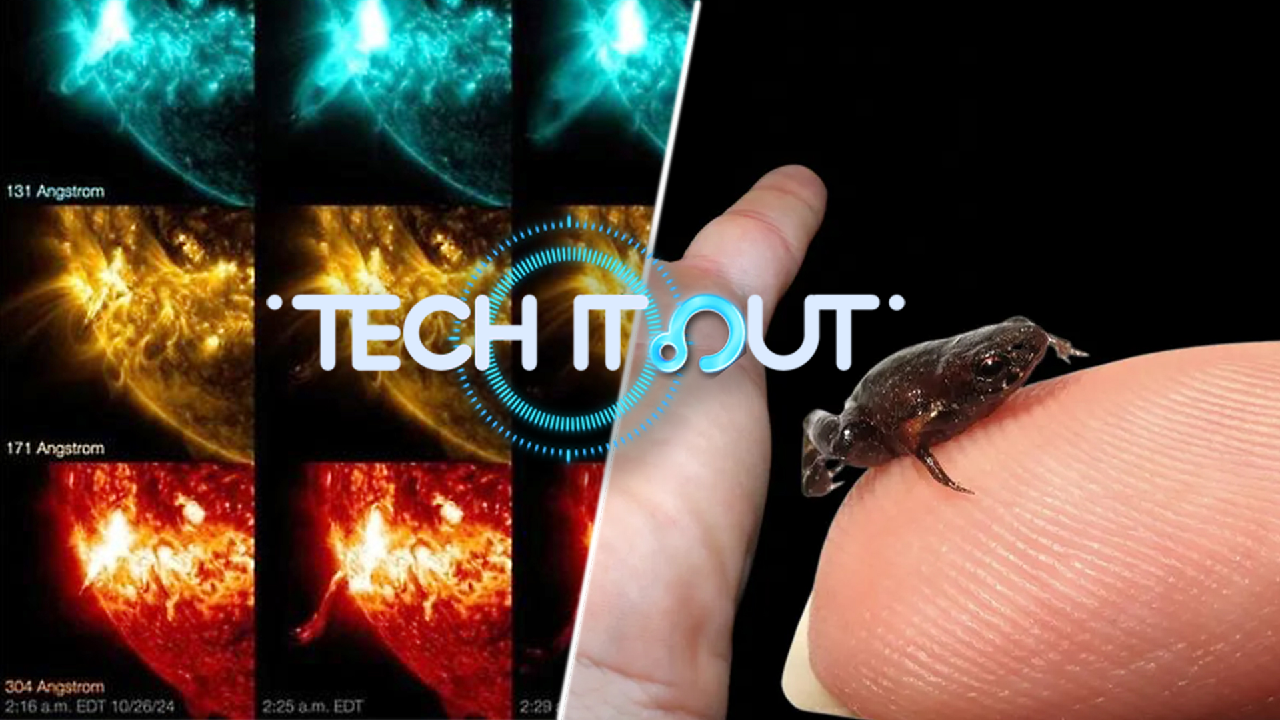Science Saturday: Exploring China's Green Power Initiatives, Discovering New Frog Species, and More
Science Saturday: Discover China's advancements in green energy, learn about a newly identified species of frog, and explore other exciting developments in the world of science.

Longi Green Energy of China has released a study in the prestigious journal *Nature* discussing its innovative solar cell technology. Unlike traditional single-junction solar cells, this new technology utilizes a double-junction laminated solar cell that effectively integrates perovskite with silicon solar cells. This advancement has the potential to achieve a power conversion efficiency of 33.9 percent, surpassing the limitations of single-junction cells. This finding sets a new world record for this particular type of cell.
**NEW FROG SPECIES**
Researchers from Brazil's State University of Campinas have discovered a new frog species measuring less than a centimeter in length. Named Brachycephalus dacnis, it marks the seventh species of flea toad identified. According to scientists, this tiny frog possesses all the characteristics associated with larger toads, with the notable exception of its size. During its evolutionary process, it experienced what biologists refer to as miniaturization, which includes the loss and reduction of bones, a decrease in digits, and the absence of other anatomical features.
**OCEAN CO2 ABSORPTION**
A study from the University of Exeter reveals that slight temperature variations at the ocean's surface enhance carbon dioxide absorption. This surface layer, known as "ocean skin," is a thin band less than 2 millimeters deep and is somewhat cooler than the surrounding water. Findings based on accurate measurements indicate that global oceans may absorb 7 percent more CO2 than previously estimated, contributing to a better understanding of climate dynamics and carbon evaluations.
**SOLAR ERUPTION**
NASA’s Solar Dynamics Observatory has recently captured a significant solar flare, categorized as an X1.8 flare. Flare classifications labeled "X-class" denote the most powerful of such events. This flare has the potential to interfere with radio communications, navigation systems, and electrical grids, posing risks to astronauts and orbiting spacecraft. Solar flares are sudden and intense bursts of energy that emanate from the sun's surface, typically occurring near sunspots where magnetic fields are particularly strong and unstable.
Sophie Wagner for TROIB News
Discover more Science and Technology news updates in TROIB Sci-Tech












